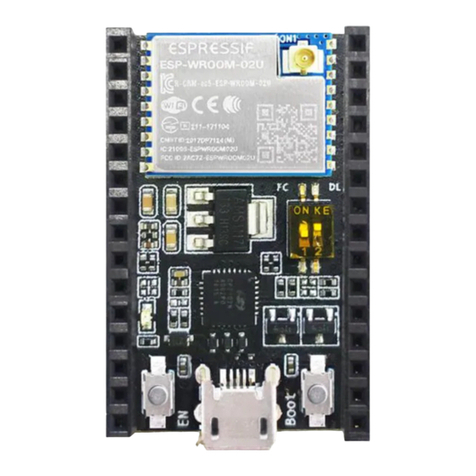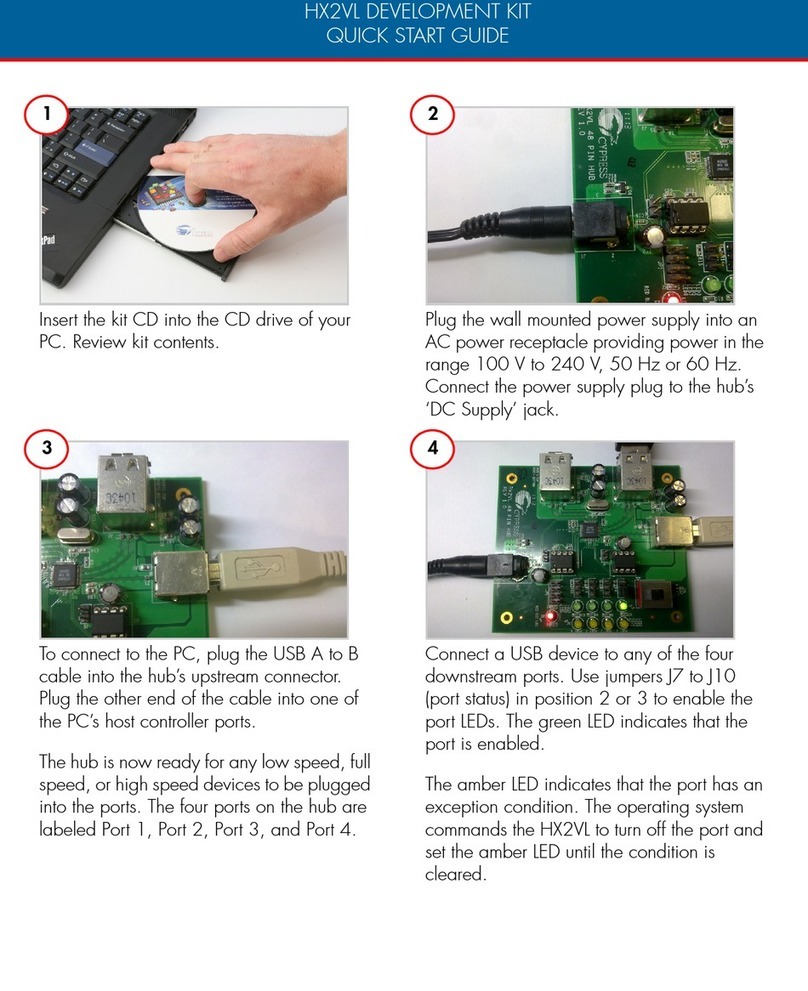TIP675-SW-42 – VxWorks Device Driver Page 3 of 31
Table of Contents
1 INTRODUCTION.........................................................................................................4
1.1 Device Driver ...................................................................................................................................4
1.2 IPAC Carrier Driver .........................................................................................................................5
2 INSTALLATION..........................................................................................................6
2.1 Include device driver in Tornado IDE project ..............................................................................6
2.2 System resource requirement .......................................................................................................7
3 I/O SYSTEM FUNCTIONS..........................................................................................8
3.1 tip675Drv() .......................................................................................................................................8
3.2 tip675DevCreate()..........................................................................................................................10
4 I/O FUNCTIONS .......................................................................................................13
4.1 open() .............................................................................................................................................13
4.2 close().............................................................................................................................................15
4.3 ioctl() ..............................................................................................................................................17
4.3.1 FIO_T675_SET_DIR..........................................................................................................19
4.3.2 FIO_T675_INSTALL_ISF...................................................................................................21
4.3.3 FIO_T675_REMOVE_ISF..................................................................................................24
4.3.4 FIO_T675_ENA_EXCLK....................................................................................................26
4.3.5 FIO_T675_DIS_EXCLK.....................................................................................................27
4.3.6 FIO_T675_READ...............................................................................................................28
4.3.7 FIO_T675_WRITE .............................................................................................................30


























